What I Buy and Why
New York Collector Larry Warsh on His Early Eye for Basquiat, and the Octogenarian Artist He’s Coveting Now
Warsh's collection of contemporary Chinese photography is currently on view at the Hirshhorn Museum in D.C.
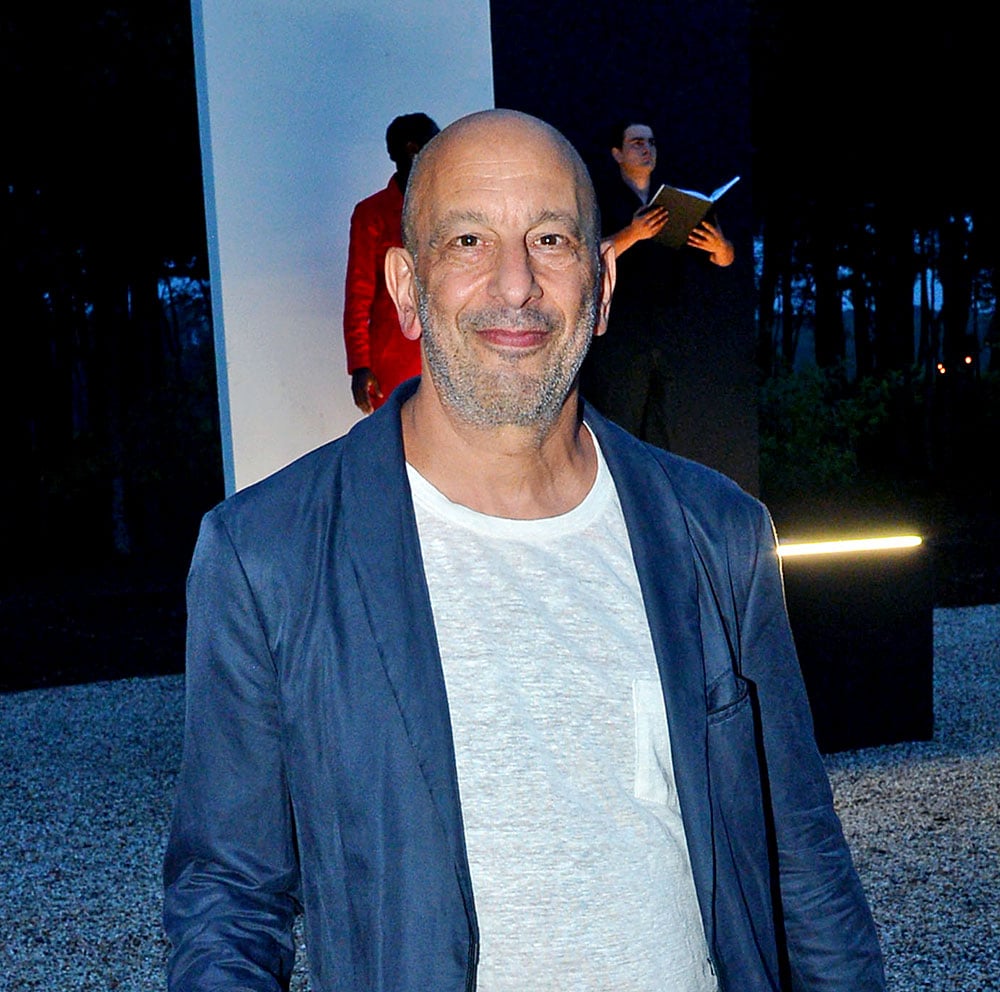
Warsh's collection of contemporary Chinese photography is currently on view at the Hirshhorn Museum in D.C.

Lee Carter

For Larry Warsh, lending artworks to museums—for all to enjoy—is one of the great pleasures of being a collector.
“This is the real joy for me,” he told Artnet News, “to know that this work is appreciated by so many.”
His collection of Jean-Michel Basquiat’s notebooks, in which the iconic New York artist scrawled and sketched his ideas before they made it to canvas, appeared at the Brooklyn Museum in 2015, among other stops.
Warsh has also amassed a substantial collection of contemporary Chinese photography, which is currently on view in “A Window Suddenly Opens” at the Hirshhorn Museum in Washington, D.C. (through January 7, 2024). Warsh has promised to donate 141 of the works—including ones by Cao Fei, Cang Xin, Lin Tianmiao, Lu Yang, and Song Dong—to the museum.
It was actually the museum’s director, Melissa Chiu, who first sparked Warsh’s interest in contemporary Chinese photography, during a trip they took there nearly 20 years ago.
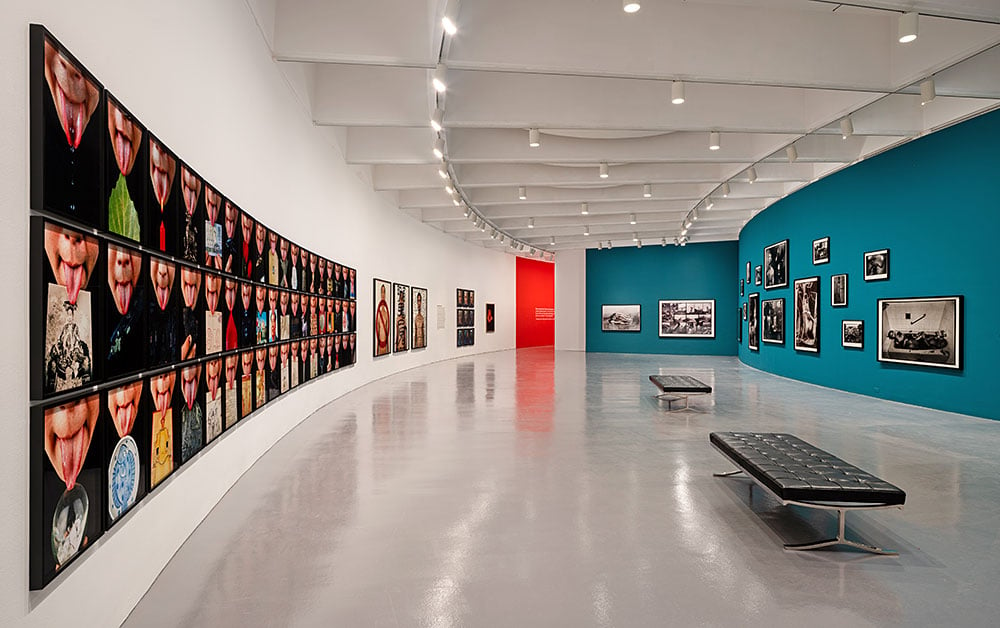
Installation view of “A Window Suddenly Opens: 30 Years of Experimental Photography in China” at the Hirshhorn Museum, D.C. (November 4, 2022–January 7, 2024). Photo: Ron Blunt. Courtesy of the Hirshhorn Museum.
“This exhibition is the first survey of photography by leading multi-generational Chinese artists,” said Warsh, “and reflects my deep admiration of contemporary Chinese art.”
Another of Warsh’s recent projects is a collaboration with conceptual artist Lawrence Weiner, a text-based public work in the form of a hopscotch. “The purpose of this interactive work,” said Warsh, “is to encourage all walks of life to visualize their success and achieve their dreams.”
We caught up with Warsh to learn about his tastes and philosophies as an art collector.
What was your first purchase?
My first purchase was a painting by the American artist Raphael Soyer. I bought the work during my high school years for about $5,000 using money that I made scalping Rolling Stones tickets in New York City. It was exciting for me to buy a painting courtesy of Mick Jagger.
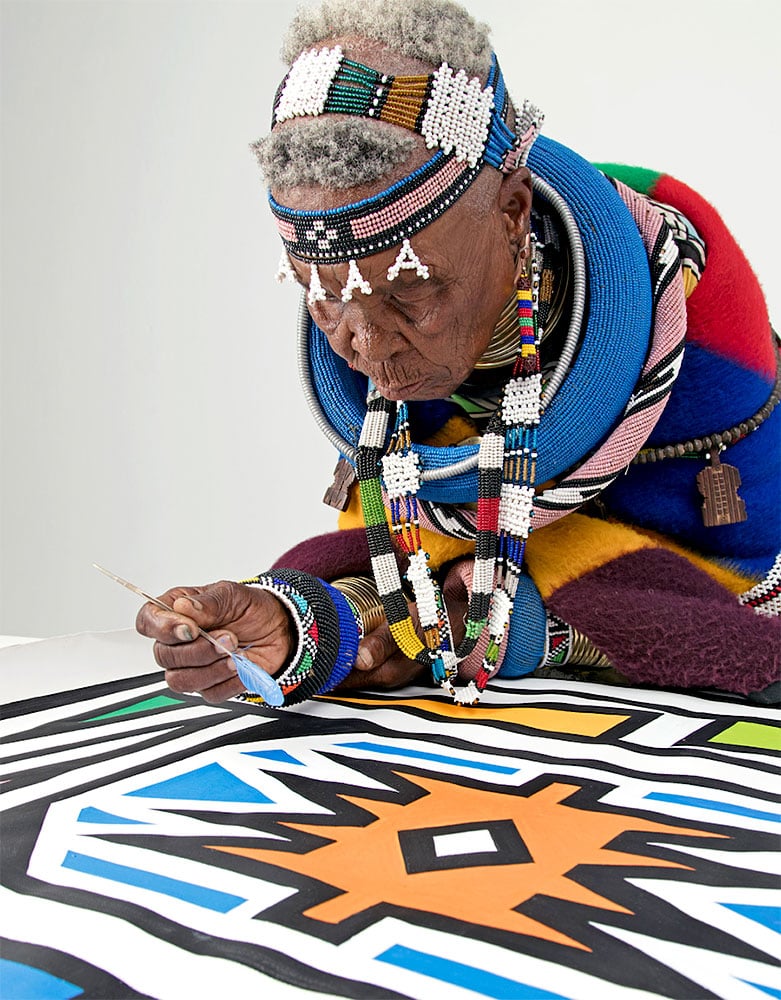
Esther Mahlangu at work in 2022. Photo courtesy of the Melrose Gallery, South Africa.
What is your most recent purchase?
I recently acquired several works by the legendary artist Esther Mahlangu. She is 87 years old, and she is a treasure of South Africa. She has several exciting solo shows planned for Europe this year and the launch of her global museum tour and retrospective exhibition starting in early 2024. She is one of the few artists who have successfully managed to bridge the “traditional” and “contemporary” worlds.
My gut tells me that she will be remembered as one of the most important visual artists of her generation. From a market point of view, Mahlangu is priced low for her stature and importance. She is one of the few artists that I am really focused on now. It’s clear to see her history is unfolding.
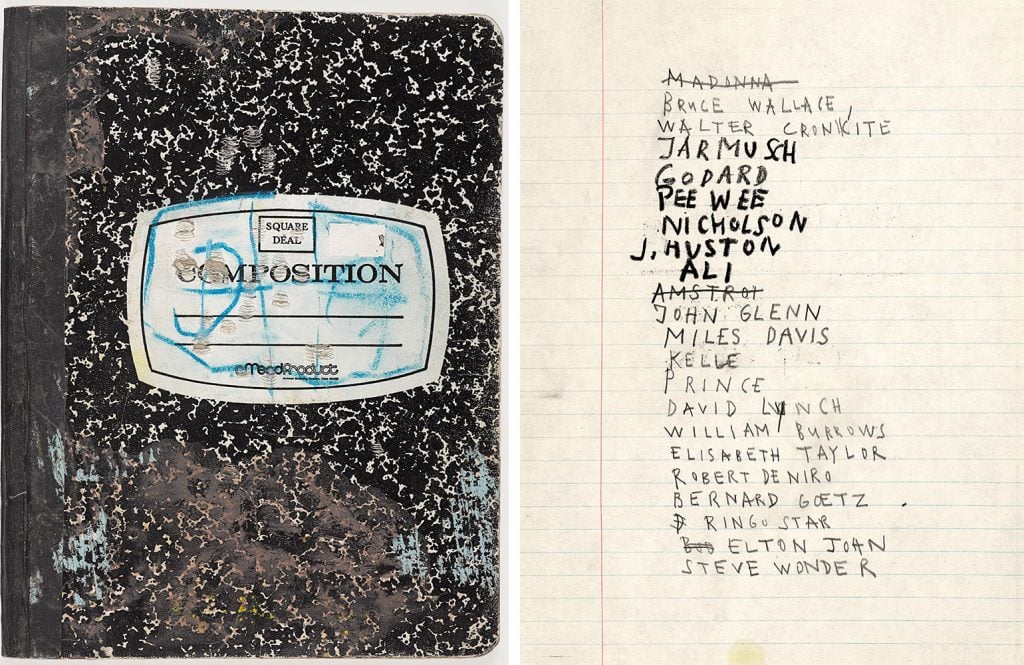
Jean-Michel Basquiat, Untitled (notebooks) (1980–1987). Notebook cover: mixed media on board. Notebook page: mixed media, ink marker, wax crayon, and ink on ruled notebook paper. Images courtesy of Larry Warsh.
Tell us about a favorite work in your collection.
My collection is well-rounded with works by Ai Weiwei, Jean-Michel Basquiat, Keith Haring, Kenny Scharf, KAWS, Daniel Arsham, and several contemporary Chinese artists. Among the works that I have collected, I consider Basquiat’s “notebooks” to be the most historically important. The notebooks are of paramount importance in understanding his later paintings as well as being powerful artworks in themselves. Not just notes, they reflect his sophisticated sense of design, the importance of the page, but most of all, the power of the word. Half-words, blocked words, and revised phrases all contribute to the interplay between the conscious and the unconscious in the mind of the artist. The pages reveal his internal preparations for his onslaught on the art world that was to follow. They are like Napoleonic battle sketches. Over the last decade, Basquiat’s notebooks have been exhibited around the world and admired by his fans far and wide. This is the real joy for me, to know that this work is appreciated by so many.

Left: Ai Weiwei, Untitled (After Mondrian) (2021). Lego Bricks, 60 x 60 inches. Edition of 10. Right: Ai Weiwei, Untitled (After Munch) (2021). Lego Bricks, 60 x 60 inches. Edition of 10. Images courtesy of the artist.
Also, Ai Weiwei’s latest Lego artworks are incredible. He is creating two-dimensional paintings with Legos that comment on masterworks from art history. Ai Weiwei is most focused on freedom of expression and the recontextualization of pressing concepts in today’s world. His Lego artworks carry his personal message through his creative command of pixels, digitization, segmentation, fragmentation, and re-composition. He is truly a global artist who is constantly reaching and pushing the boundaries.
What is the most expensive work of art that you own?
Prices go up and down! It’s hard to keep track. I am an early collector of Keith Haring and Jean-Michel Basquiat, so it has been a wild ride since the 1980s. My first Basquiat painting was from 1982 and cost $10,000 at 60-by-60 inches and was called Jawbone.
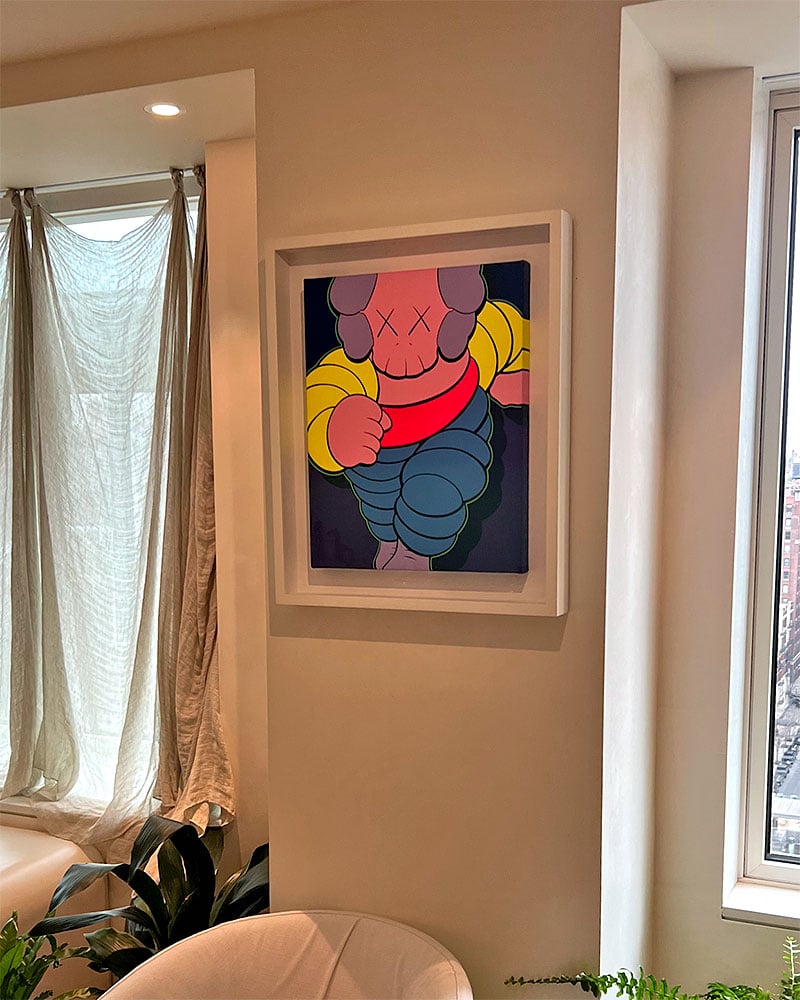
Installation view of a KAWS’s Chum in Larry Warsh’s kitchen. Photo: Jonah Warsh.
Where do you buy art most frequently?
I tend to follow my instincts and that takes me down many interesting paths within the international art ecosystem (I tend to avoid dealers). I was buying art in the 1980s with passion and intuition while thinking about the future and why these artists would be important. I buy with my mind, not just my eyes and ears. I am more interested in art history and art that stands the test of time. Sadly, I think the art business is moving further away from art history.

Francesco Clemente, Untitled (portrait of Larry Warsh) (ca. 1985). Watercolor on paper, 22 ¾ x 28 ½ inches. Image courtesy of Larry Warsh.
Is there a work you regret purchasing?
I do not regret any of my collection choices.
What work do you have hanging above your sofa? What about in your bathroom?
Which sofa? Nothing in the bathroom!

Installation view of Keith Haring enamel paintings in Larry Warsh’s living room. Left: Untitled (yellow figures and three dogs) (1982). Right: Untitled (UFO, figure and dolphin) (1982). Photo: Jonah Warsh.
What is the most impractical work of art you own?
Everything is impractical. We are talking about art, aren’t we?
What work do you wish you had bought when you had the chance?
Andy Warhol. An old friend of mine used to trade antiques and jewelry with Andy in the ’80s. He would show up with a roll of Andy’s “Marilyn,” “Elvis,” and “Coca-Cola” drawings. I was younger then, about 20 years old, and I didn’t quite understand the importance of the work. If I could go back in time!
If you could steal one work of art without getting caught, what would it be?
Dalí’s Persistence of Memory at MoMA. I could fit it in my knapsack.